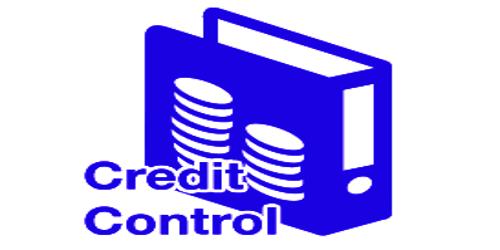In a modern developed economy, the aggregate volume of credit constitutes the bulk of the community’s money supply. Credit has come to play a predominant part in the settlement of monetary and business transactions and thus to represent a powerful force to influence the price mechanism and the level of economic activity. It becomes and controls the volume of bank credit with a view to maintaining a stabilizing business condition in the country.
Credit control is the method or technique; by which central bank can keep then the availability of credit or money supply at the desired level, and can control the credit creation power of the banking system.
The Qualitative or Selective credit controls –
The qualitative or Selective credit controls, on the other hand, are designed to regulate the cash flow of credit in particular directions. They operate to regulate the credit distribution as to the quality of purpose for which the credit is used.
Methods of Qualitative or Selective credit controls: Methods of Qualitative or Selective credit controls are –
(i) Credit rationing:
- Limiting the amount of credit available to the particular bank(s).
- Limiting the amount of credit available to the particular sector through quota impose.
- Proving credit facilities to banks to finance certainly preferred sector.
(ii) Regulation of consumer credit:
- Fixation of minimum down payment
- Setting the maximum period of repayment.
- Raising required down payment and shortening a maximum period of repayment tend to reduce the demand for consumer credit.
(iii) Fixation of margin requirement: Margin requirement refers to the proportion of the price of securities which banks and other security dealers are not lending.
(iv) Control through Directives: Time to time oral or written statements appeals, or warning –
- To guide the commercial bank in formulating their lending policies.
- To encourage or to prohibit lending for certain purposes.
- To restrain the aggregate volume of bank loans.
(v) Moral persuasion: Central bank officers and staffs try to persuade bankers and the public through speeches and written communications to conform more closely to the central bank goals /to conform to the spirit of its policies. Issuing letters and public statements supplemented by personal phone calls from top officials.
(vi) Penalizing: Central bank can penalize scheduled banks if they do not abide by CB or CB’s policy, in the following ways –
- Charging a higher interest rate
- Requiring higher reserve
- Postponing the clearinghouse facilities.
(vii) Publicity: Publishing information, responsibility, a viewpoint about economic and banking condition, monetary and credit policy etc. by the central bank in different newspapers, magazines’ and other public media to encourage appropriate action of scheduled banks.
















